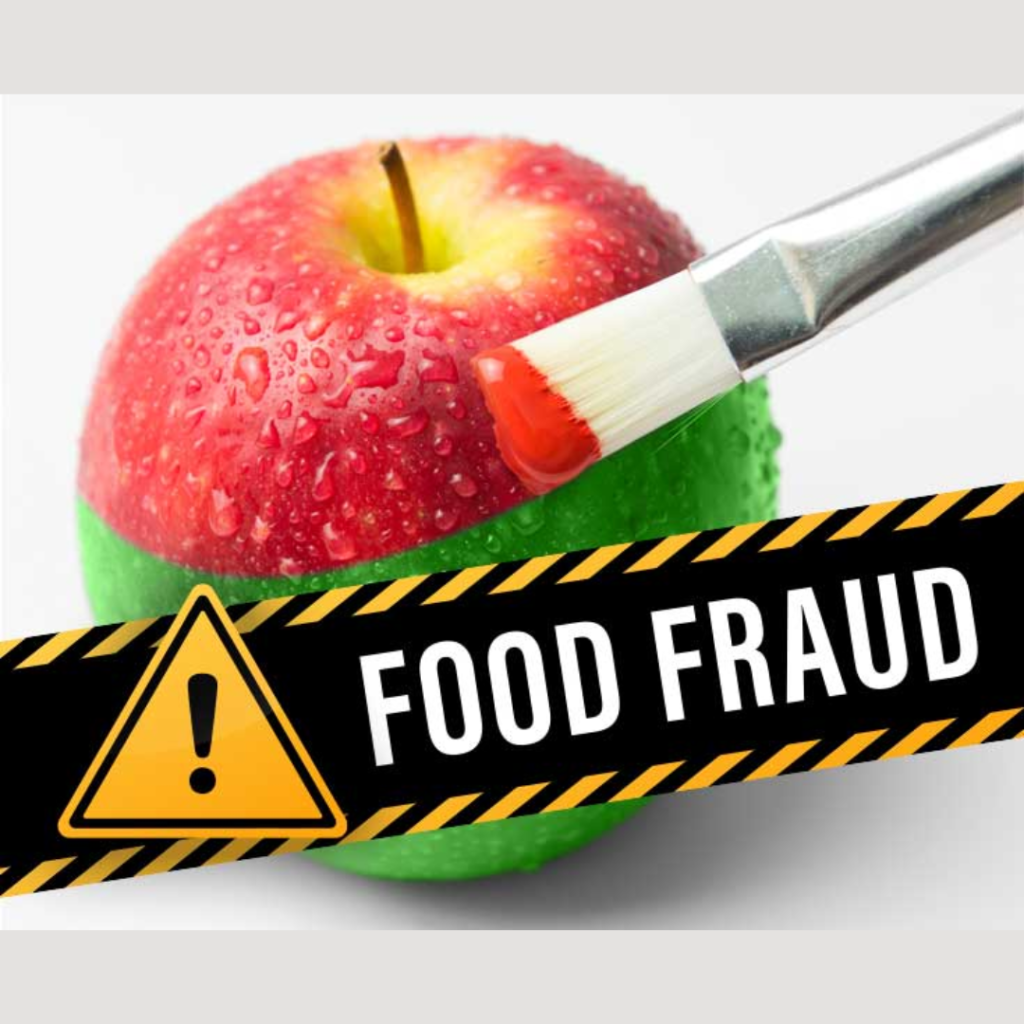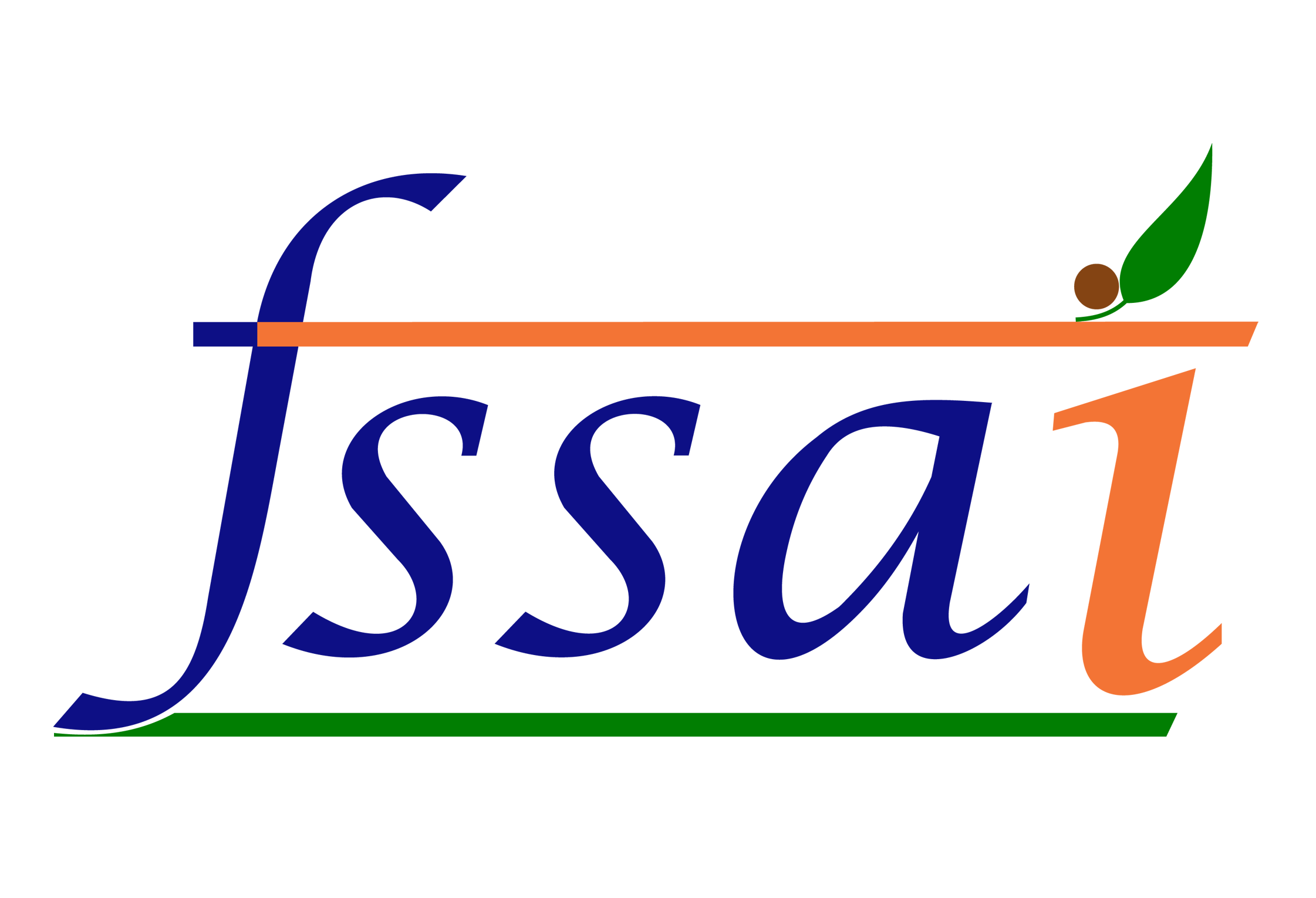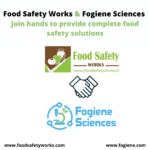An Imminent Threat to Global Food Supply Chain
Charles Caleb Colton once said, “There are some frauds so well conducted that it would be stupidity not to be deceived by them.” Food Supply chains are one of the most susceptible ones when it comes to fraud. It is estimated that food fraud cases cost US$ 30 to 40 billion a year to the global industry.
What is Food Fraud?
The term ‘Food Fraud’ started coming to light after the infamous ‘Melamine Incident’ in China in 2008, where infant formulas were intentionally contaminated with Melamine. This caused around 300,000 infants and young children to suffer from kidney and urinary infections with 6 reported deaths.
Food fraud is comprised of Economically Motivated Adulteration (EMA), grey Market and counterfeiting. It can have various forms but mainly involves mislabelling or misbranding of products, intentional adulteration, and substitution of food products. It can happen at any stage of the supply chain- Farm to Fork. The motive behind such actions is often financial gain with the goal of reduction in processing cost, increase in sales and getting control over the competitors in the market. In a few cases, food fraud was also observed to be motivated by social and political factors.
Increasing demands for certain food products, globalization of the food supply chain and its complex nature to have proper traceability and authenticity generates the opportunity for fraudsters to carry out such activities.

Figure 1: Types of Food Frauds ( Source : Food Fraud | Knowledge for policy (europa.eu) )
How Does Food Fraud Affect Consumers and Food Industries?
Consumers get misled into buying products that are not what they claim to be in terms of quality, ingredients, and food safety. These products can have adverse impacts on consumers’ health and destroy trust in the food industry. Food fraud can become a critical food safety issue by exposing consumers to hazardous substances .
Food companies also suffer significantly from such fraud with a damaged reputation, legal complications, and loss of potential revenue.
Common Products Susceptible to Food Frauds and Prominent Incidents:

Figure 2: Common Food Products Prone to Food Fraud ( Source : Some of the foods most susceptible to food fraud. | Download Scientific Diagram (researchgate.net) )
- Spanish Oil Incident, 1981: The oil which was sold as ‘Pure Olive Oil’ was originally the industrial rapeseed oil deliberately contaminated with Aniline. (a highly poisonous chemical). Over 1000 people lost their lives to ‘Toxic Oil Syndrome’ after consumption of the fraudulent olive oil.
- Horsemeat Scandal, UK, 2013: The frozen beef burgers by a renowned food retailer in UK and Ireland tested positive for Horse DNA. This fraud did not report any food safety issues but it eventually led to the brand’s market drop by €360 million and marked a 43% drop in the sale of frozen burgers.
- American Peanut Incident, 2009: Salmonella contaminated Peanut butter was knowingly launched in the US market by a well-known corporation. This resulted in 7 deaths and 100s of people suffering from serious illness. The sentencing of the criminal in this incident was considered the first federal food safety felony conviction in American history.
- Canadian Honey Laundering, 2018: The honey imported from China to Canada was mislabelled as a ‘Canadian origin Honey’. A few samples were also found adulterated by antibiotics banned in Canada. This fraud impacted the local honey business drastically.
- The Great Wine Fraud, the Early 2000s: This Wine Fraud is considered to be the longest-running food fraud in American history which lasted more than 12 years. The perpetrator of this incident targeted reputed wine admirers and influenced them to buy inferior quality wine and misbranded it with famous brands’ wine in the auctions. This fraud generated estimated revenue of $35 million.
The incidents mentioned above-raised concerns over regulatory authorities and enforcement, testing parameters and surveillance systems.
Preventive Measures for Food Fraud:
In light of the above, it becomes imperative for entities spread across the supply chain to take measures to arrest such incidences of food fraud. A robust FSMS system can aid.

Figure 3: Food Protection Umbrella ( Source : VACCP Food Fraud Plan | TACCP Food Defence | Food Safety Management (tqcsi.com) )
- Food Fraud Vulnerability Assessment: VACCP (Vulnerability Assessment Critical Control Point) along with HACCP (Hazard Analysis Critical Control Point) and TACCP (Threat Analysis Critical Control Point) is a component of the Food Safety Umbrella. VACCP and TACCP work similarly to HACCP but instead of hazards, they focus on assessing and mitigating vulnerabilities and threats of the food chain. They are designed to avoid food fraud incidents.
- Food Safety Management System (FSMS): The food safety Management System plays a crucial role in combating food fraud. The FSMS includes supplier verification, traceability system and product testing for authenticity purposes. Additionally, it aids to create a food safety culture within a company. Implementation of such management systems gives food businesses a well-structured plan to assess vulnerabilities with corrective action planning and implementation.
- Analytical Methods & Testing Technologies: Emerging testing advances including but not limited to DNA testing, chemical analysis and spectroscopy can be installed to avoid food fraud. These methods identify if the product is adulterated or substituted by analysing the DNA or a specific chemical present in the product and comparing it against CRM (Certified Reference Material). This technology is generally utilized in finding the right geographical origin of a product, confirming the product’s species, and assuring the product’s authenticity.
- Blockchain for Food Supply Chain: The food supply chain enabled with a blockchain system can have significant effectiveness against food fraud. Blockchain allows access to every authorised person placed anywhere in the supply chain to the data which cannot be changed once entered into the blockchain ledger. This provides real-time traceability and generates accountability with transparency throughout the chain. It also enables data transfer with security avoiding unknown movements of products.
Conclusion:
Food Fraud is a concerning threat to the food supply chain and rapidly increasing due to the globalization of the food chain, growing demands for specific food items and lack of effective traceability and authenticity systems. Food fraud can lead to alarming food safety issues along with disruption of the food industry ecosystem. Preventive measures like the VACCP study and FSMS implementation can assist in fighting against food fraud whereas analytical and AI methods provide a practical approach in this battle. Food fraud should be treated equal to food safety issues as it involves behavioural, social, economic and health aspects, causing damage to the entire supply chain.
How can we help?
We as your trusted partner, can help you to analyse the vulnerabilities and threats in your processing line and can assist you in planning and implementing mitigation strategies. We also provide consultancy in deploying FSMS like FSSC 22000, BRC, ISO 22000 and IFS at your premises.

Ms. Siddhi Joshi, the author of this article is an enthusiastic food technologist with a great interest to talk about current issues faced by the food supply chain. She works as a Business Development Executive with Food Safety Works, Bangalore Office




